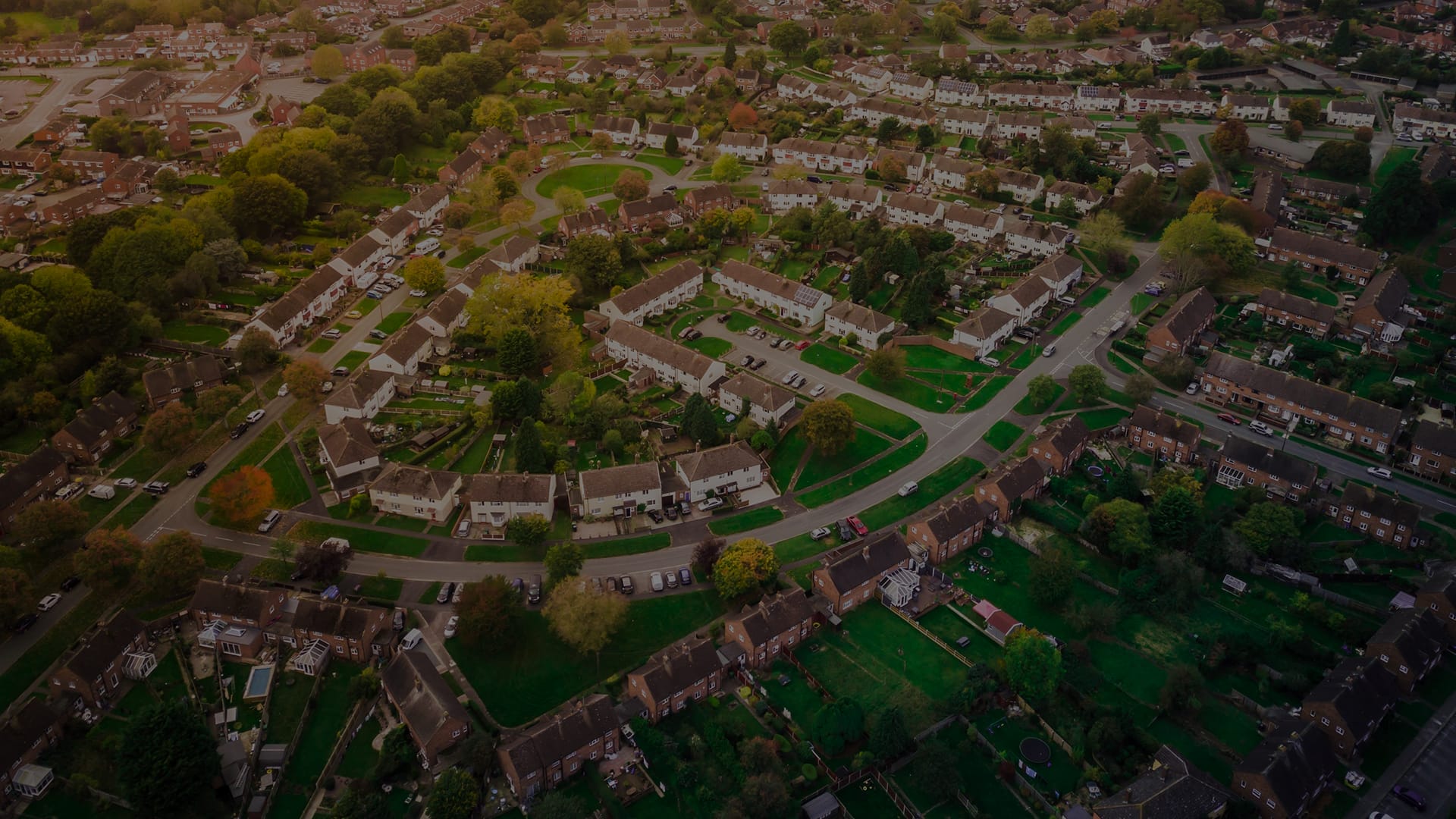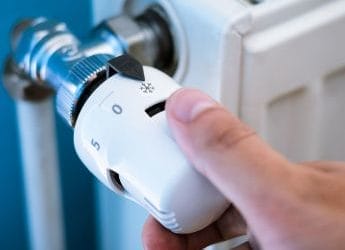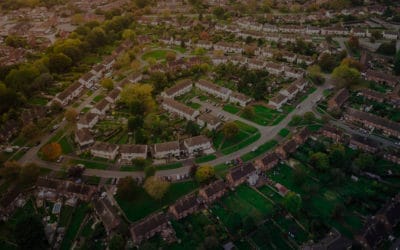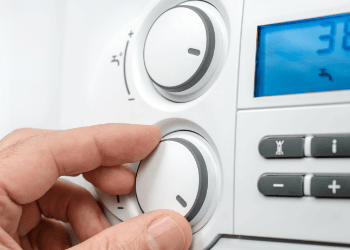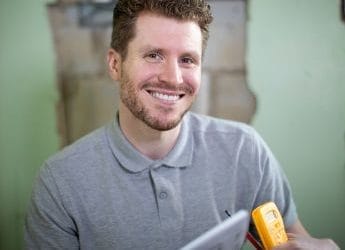Under ECO3, the photographic requirement for downstairs bedrooms is outlined as follows:
To determine the number of bedrooms in a property, the rooms that were originally designed to be used as a bedroom when the property was built or have been permanently converted for use as a bedroom, e.g. through a loft conversion, should be counted.
If there is uncertainty regarding the number of bedrooms in the dwelling, the following definition can be used as a guide.
All rooms designed to be used as a bedroom, even if they are currently not being used as a bedroom should be included. For example, rooms built as bedrooms but currently used as offices or living space should still be counted as bedrooms.
A bedroom also needs to meet all the below criteria;
- It meets the SAP definition of a habitable room
- It can accommodate a standard sized single bed horizontally, and
- It is not a conservatory.
For clarity, the following are some examples of rooms that would not be considered as bedrooms:
- Any room without a window
and
- Any room that is intended for use as a lounge, kitchen, dining room, kitchen-diner, conservatory, sunroom, utility room, bathroom, en-suite, cloakroom, hallway, stairs, landing or garage
and
- Living rooms or dining rooms currently being used for sleeping, unless it is a bedsit. Suppliers should be satisfied that the number of bedrooms selected is correct.
When you are submitting a premise that has a downstairs bedroom you will need to provide the photographic requirement as a suite of pictures showing all the bedrooms or ensure that you can identify that the bedroom in question is located on the ground floor.
If you require further information, please contact your business development manager or the ECO team on 0845 894 4444.
(Released 1st August 2019)


